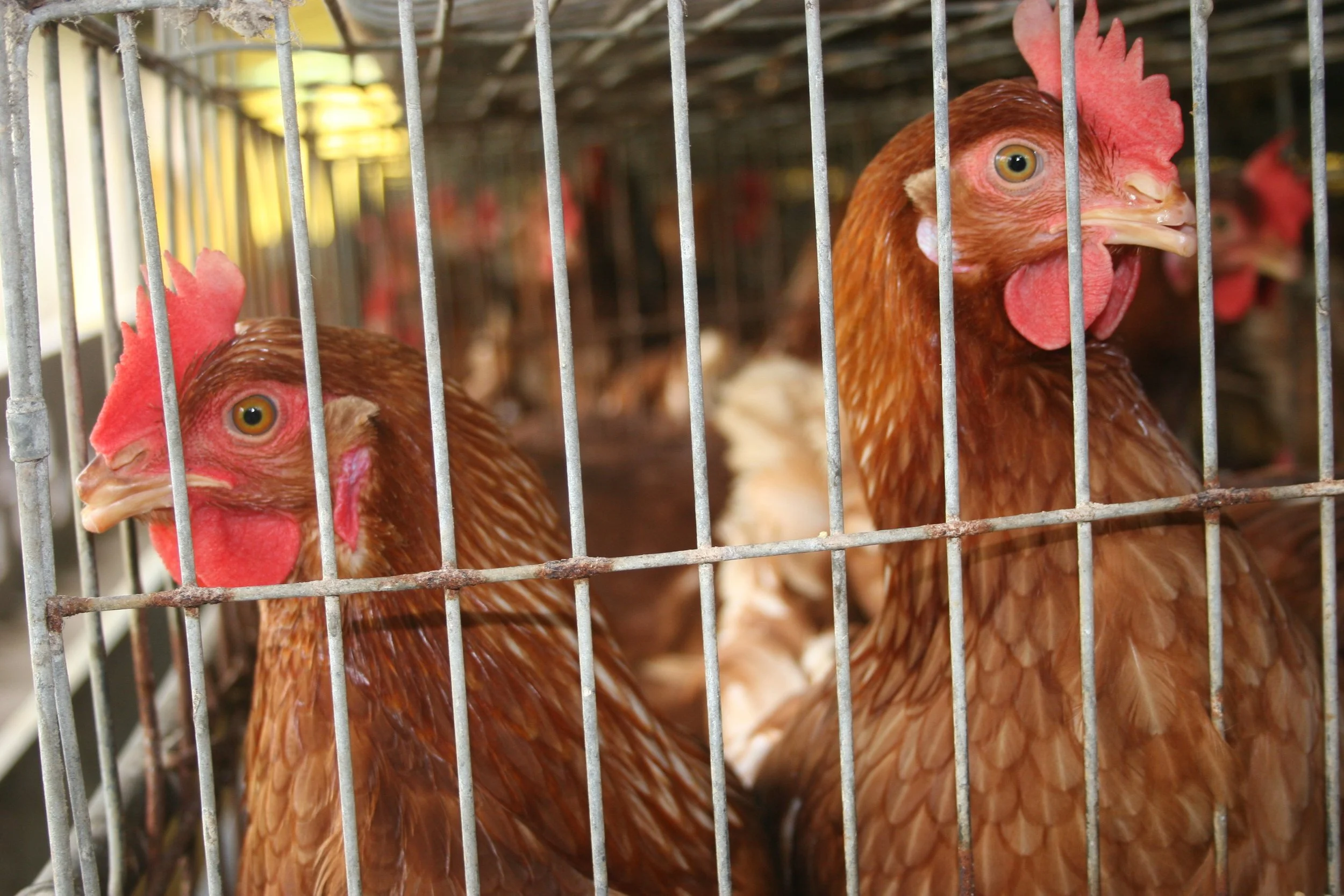Want to learn more about the plight of a tortoise and what you can do to help with its conservation? Check out the blog that Bonnie Raphael, Jamie Palmer, and I wrote. It can be found on the Saint Louis Zoo’s website. Or just use the link here -
https://stlzoo.org/news/zoo-views-the-plight-of-a-tortoise-why-care
Synopsis of the story -
Widespread wildlife trafficking is putting beautiful species of tortoise from Madagascar at risk of extinction.
Radiated tortoises are trafficked for sale as pets, a food delicacy or use of their shells in decor. Historically an estimated 12 million individual radiated tortoises once roamed much of the spiny forests of Madagascar. Today, less than 1.5 million remain and populations continue to rapidly decline.
There are about 25,000 radiated tortoises recovered from illegal trade living at centers for the nonprofit Turtle Survival Alliance in Southern Madagascar (pictured.)
The Saint Louis Zoo Institute for Conservation Medicine and Saint Louis Zoo WildCare Institute Center for Chelonian Conservation both support efforts to protect this species. Read more about the risks facing radiated tortoises and what you can do to help from members of the Radiated Tortoise Veterinary Working Group






